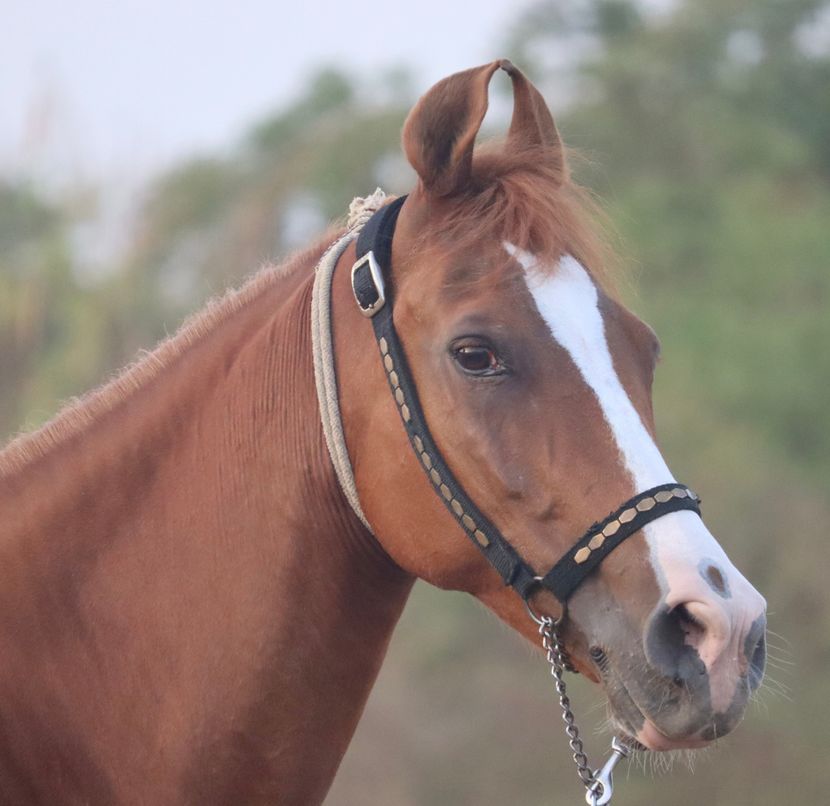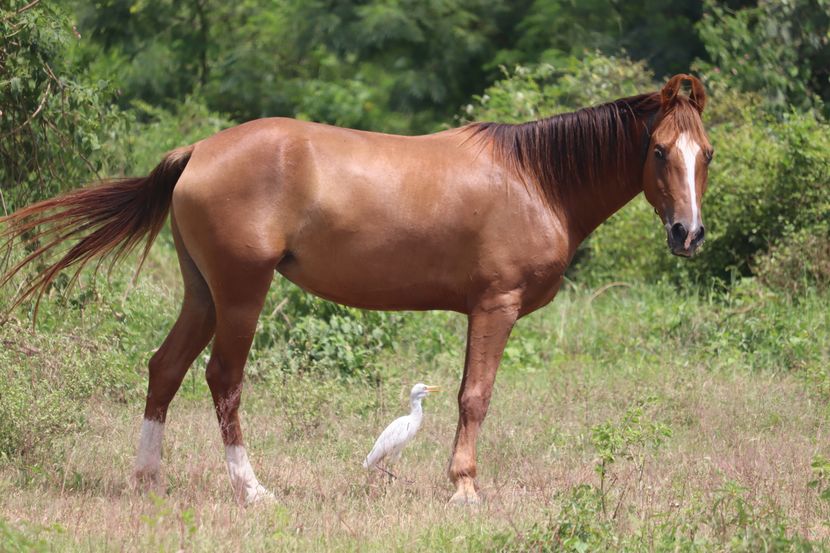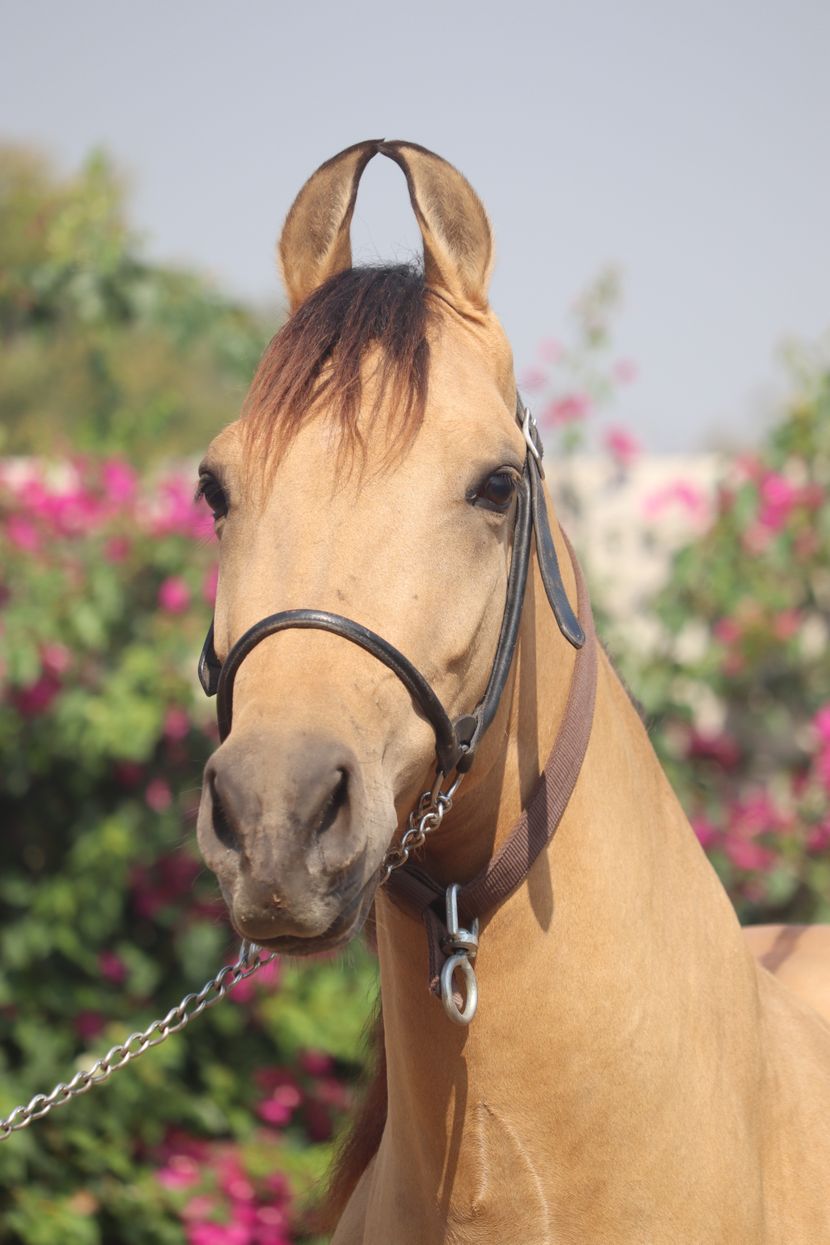
Formerly a war horse, now a favorite of riders and police, it can live up to 30 years and must not appear in a certain color
The Kathiavari is a rare breed of horse with unusual inward-curved ears. This horse, originally from the West Indies, is most often seen in chestnut color, but its coat can be in other colors besides black. It was originally bred as a war horse, probably for its tenacity and impressive endurance. But as it gained popularity, the Kathiavari horse took on new roles and is commonly used for riding and sports and as a police horse.
The weight of the Catiawari is 270 to 300 kg, and its height is 15 hands and less. His body is stocky and muscular, his muzzle is short and his forehead is wide, his nostrils are rounded, his eyes are large, and the most typical feature is the ears that are curved inwards. The expected life expectancy of a Catiavari is 25 to 30 years.
History and origin of the Kathiavari horse
Although the exact history of the Kathiavari horse is uncertain, it is believed to have originated in the province of the same name in western India. These domestic horses were crossed with Arabian necks imported to India, which created the ancestors of the modern Kathiavari breed, bred in the style of desert war horses, prized for their speed and agility.
Kathiavaris are seen on the peninsula of the same name, but also in other regions of India, whose Government is in charge of maintaining stables, and the Association of Kathiavari Horse Breeders has a breed registry.

The Kathiavari horse was bred in the 16th century as a desert warhorse, because it was strong and agile enough to withstand multi-day journeys over dangerous terrain. In addition to participating in sports events and competitions, the police service also requires a kathiavari to move around the city.
Colors, patterns and unique characteristics of the Kathiavari horse
There is only one color in which the Kathiavari must not be - black. Chestnut is the most typical color of this breed, and some throats can be gray, greenish and gray. The Kathiavari is also unique in primitive patterns such as zebra stripes on the legs, dorsal (back) stripes, and sometimes uneven, distorted markings.
The most typical feature of the Catiavari is the ears, which grow crooked inwards and often overlap. Throughout history, breeders have focused on this quality, trying to preserve the unique appearance of the Catiavari. This horse can survive on very little food and water and is resistant to extreme heat, making it the perfect traveler through the deserts of India.
Nutrition, care and health problems
Kathiavari is well adapted to the desert and does not need large amounts of food to survive. Kathiawars are horses that don't need too much care and aren't picky about food and quantity: they enjoy chewing on alfalfa, grain sprouts, hay and grass and, while they don't require a ton of water to survive, they should be adequately hydrated.
The Kathiawari is generally a physically healthy breed that is not demanding in terms of care and often has no health problems, having been bred to be strong and hardy. However, he needs regular activity and proper attention, because he does not tolerate being ignored by anyone.

Grooming the Catiavari is necessary after every activity. This horse likes to be wiped with a damp cloth, especially on sensitive areas such as the face: owners claim that this way keeps the horse clean and most importantly, the horse will be happy to receive the attention it craves. His mane and tail should also be brushed regularly to prevent tangles.
The best qualities of the Catiavari are loyalty, the absence of health problems, friendly character and endurance, while the negative qualities are a small body and sensitivity to cold.


